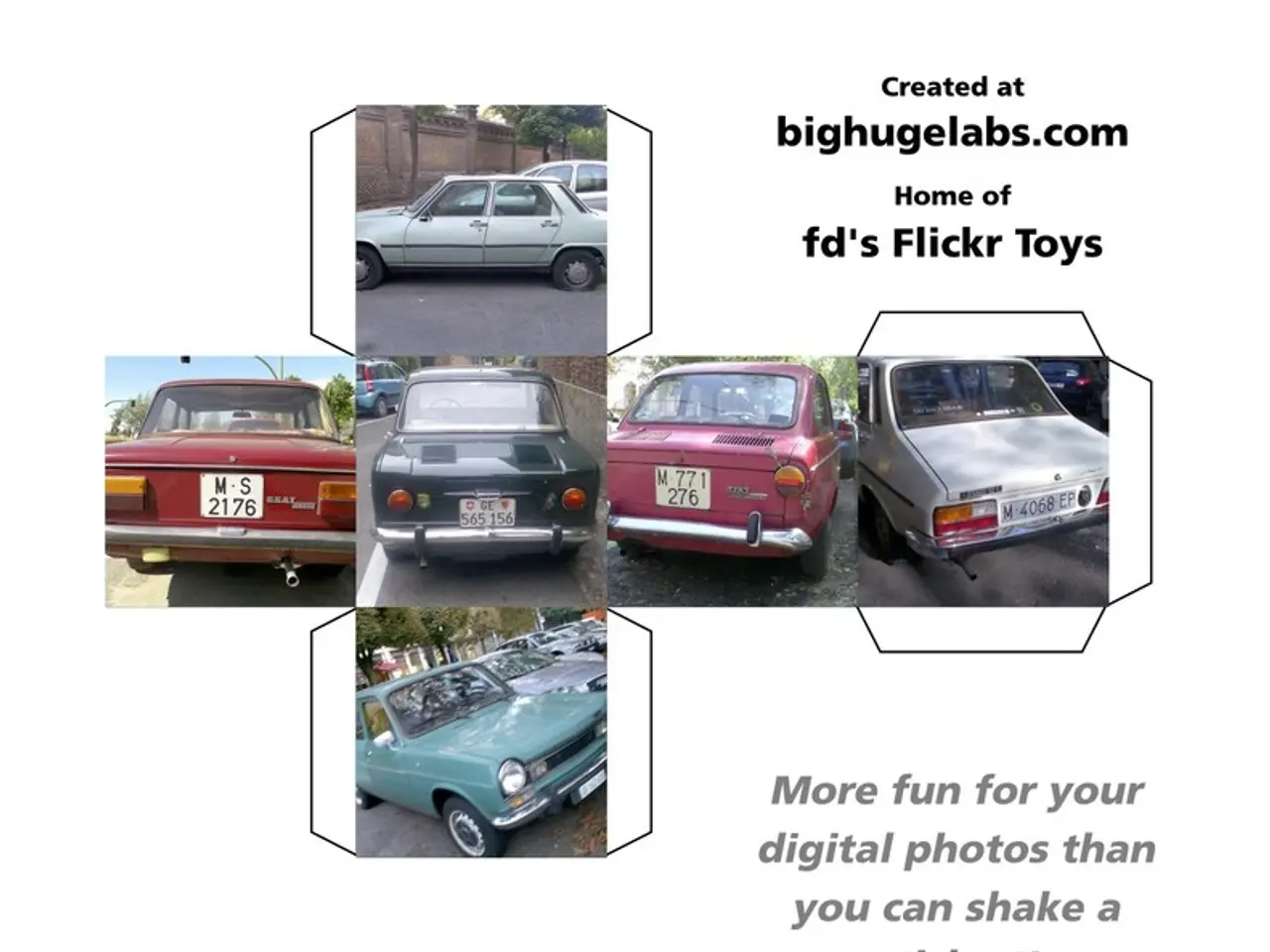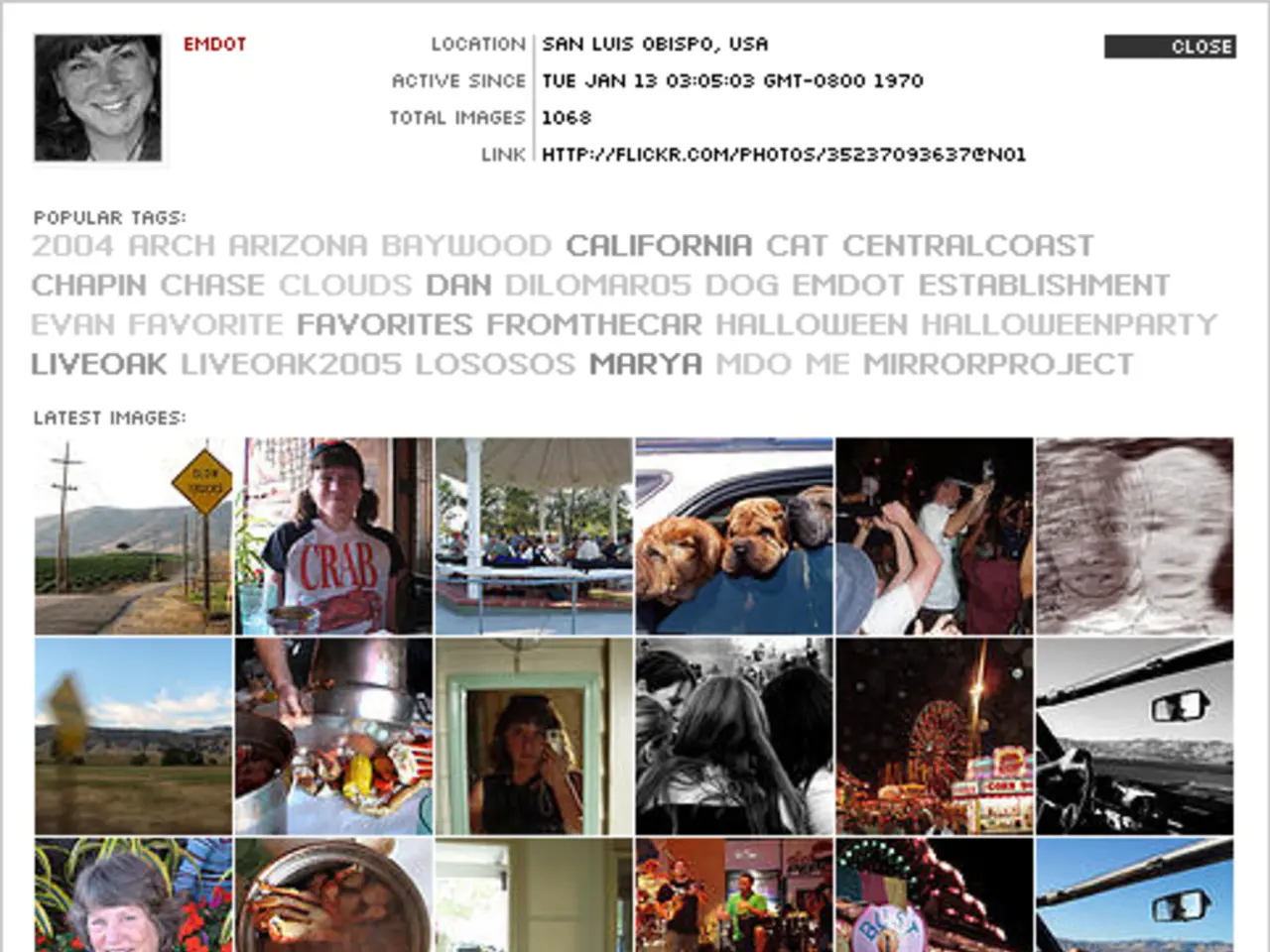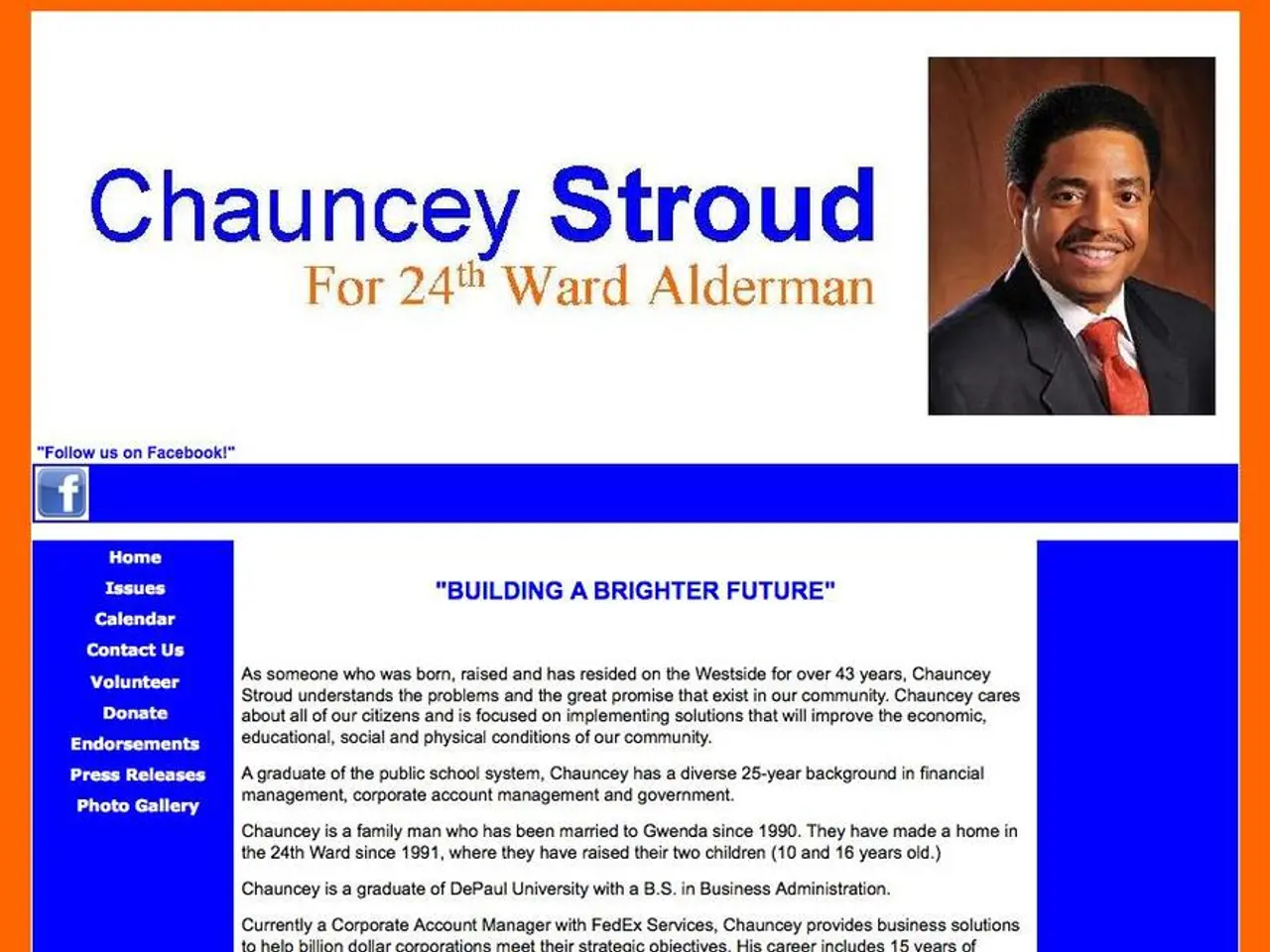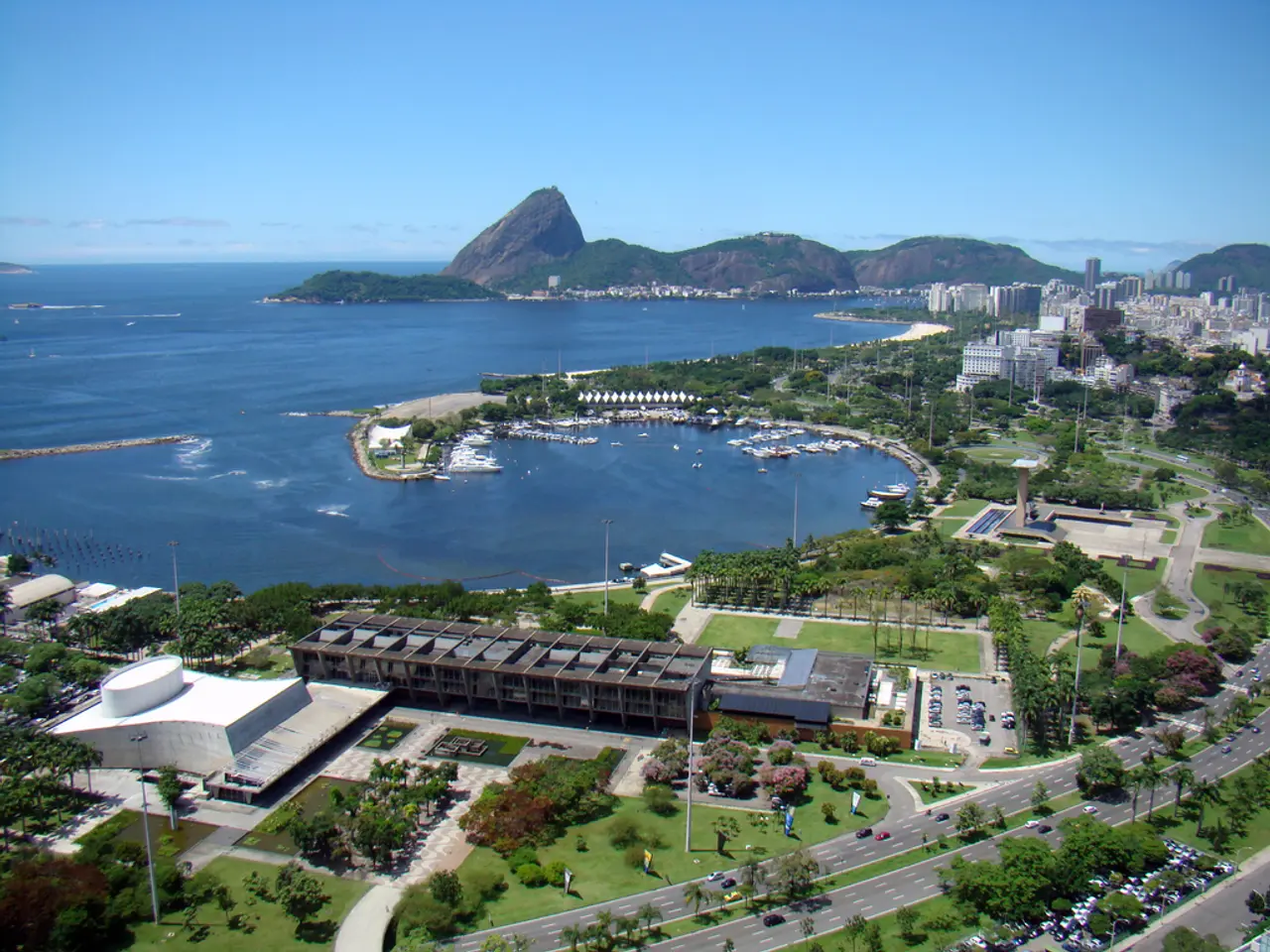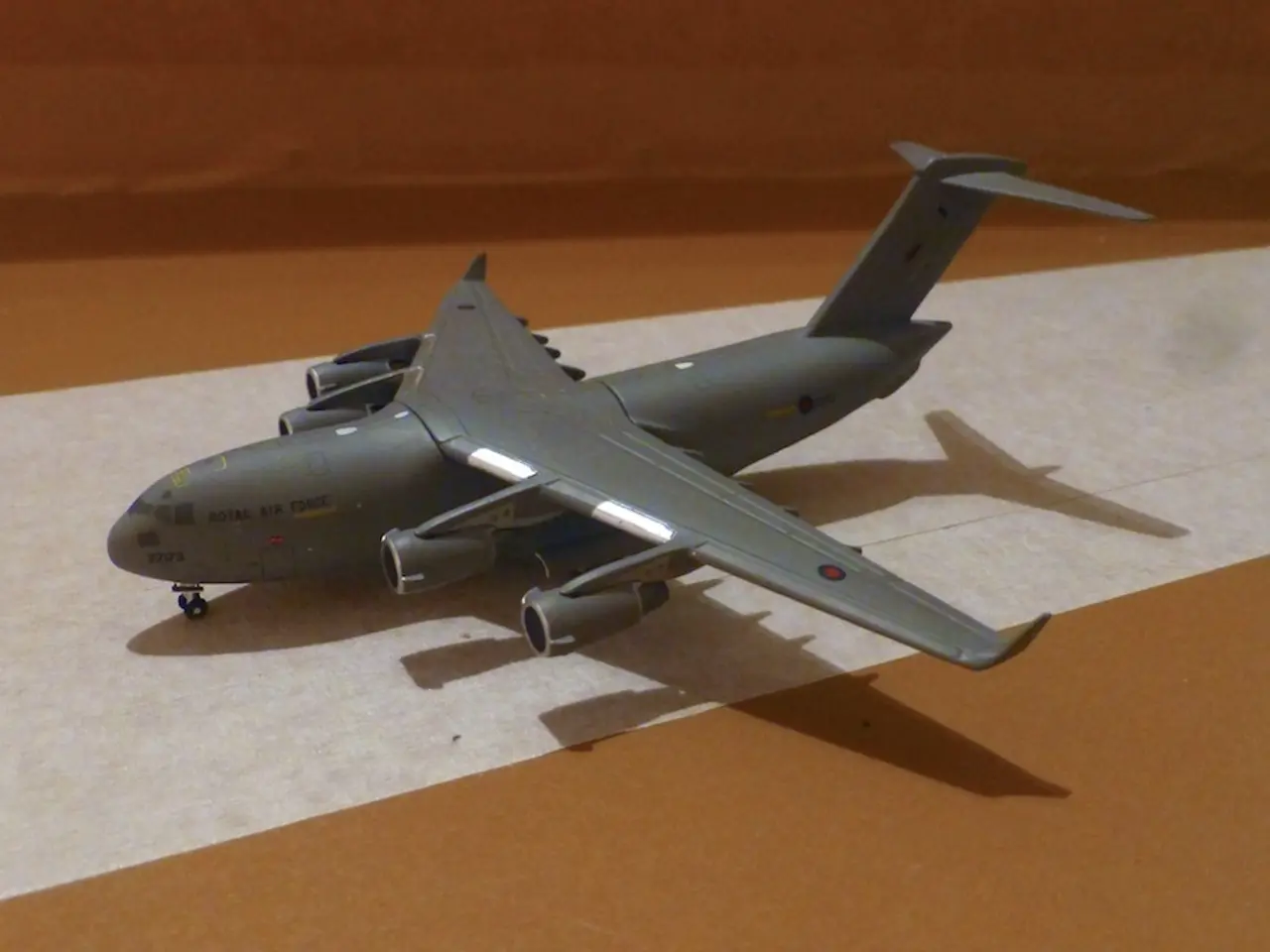Musk announces a push for robotaxis following financial losses
Tesla, the electric vehicle pioneer, has launched its first robotaxi service in Austin's downtown, marking a significant step towards Elon Musk's vision of autonomous transportation. However, the road to success is fraught with challenges, as the company navigates technological limitations, regulatory hurdles, and industry competition.
The robotaxis, equipped with cameras instead of lidar, have faced criticism for their limitations in detecting surroundings accurately. Despite this, Tesla's service has covered over 7,000 miles in Austin, with human safety monitors in the passenger seat to intervene when necessary.
The financial impact of the robotaxis is uncertain due to regulatory hurdles and the slow rollout of fully autonomous capabilities. While the concept could potentially increase consumer demand for Tesla vehicles, the competition from established ride-sharing services and other autonomous vehicle developers is intense.
Elon Musk has indicated that Tesla could reduce or eliminate safety monitors once the robotaxis are deemed safe, but regulatory approval for fully driverless operations remains a significant barrier. The regulatory landscape is complex and varies by region, with many areas requiring extensive testing and certification before allowing driverless vehicles on public roads.
Competitors like Waymo and Uber are also developing autonomous ride-sharing services, creating a competitive market where Tesla must prove its technology's superiority. Tesla's reliance on camera-based systems without lidar has been questioned, impacting the accuracy and safety of its autonomous vehicles.
Despite these challenges, Musk is betting on a cost advantage by using only cameras for Tesla's autonomous driving, while other developers rely on expensive lidar for safety. He claims that current Tesla vehicles already have the necessary technology on board to drive autonomously.
In an attempt to boost sales, Musk has predicted that next year, Tesla owners could send their cars onto the streets of some US cities to earn money as robotaxis. Once the latest versions of Tesla's "Autopilot" software are approved in Europe, sales could pick up there as well.
However, Tesla's sales have been sluggish, with a 13.5% decrease to 384,122 vehicles in the last quarter. The transition phase of the Model Y and controversies surrounding Musk's political activities contributed to the drop in sales in the first quarter.
Tesla's revenue also took a hit, falling by 12% to around $22.5 billion in the last quarter. The company plans to introduce a cheaper model, similar to the Model Y, after the subsidies expire, with cost reductions expected in the features of the new model.
Despite these setbacks, Musk announced a major turnaround with robotaxis, which he believes could boost Tesla's balance sheet by the end of next year. However, meeting demand could prove challenging, as Tesla might not be able to produce enough cars to meet demand by the end of September.
In conclusion, while Elon Musk's predictions about Tesla's robotaxis are ambitious, they face significant challenges from technological limitations, regulatory hurdles, and industry competition. The company must overcome these challenges to achieve its envisioned impact on transportation and its financials.
[1] https://www.bloomberg.com/news/articles/2021-03-05/tesla-s-robotaxi-vision-faces-doubts-as-it-rolls-out-in-austin [2] https://www.nytimes.com/2021/03/05/business/tesla-robotaxis-austin.html [3] https://www.cnbc.com/2021/03/05/tesla-launches-robotaxis-in-austin-to-take-on-uber-and-lyft.html [4] https://www.bbc.com/news/business-56260409
- The financial success of Tesla's robotaxi service is questionable due to regulatory challenges and the gradual development of fully autonomous capabilities.
- Elon Musk's vision for Tesla to eliminate safety monitors and transition into fully driverless operations is currently hindered by regulatory approvals and technology limitations.
- As Tesla enters the competitive autonomous ride-sharing market, its reliance on camera-based systems rather than lidar raises questions about the accuracy and safety of its autonomous vehicles.
- Despite challenges such as slow sales and sluggish revenue, Elon Musk remains optimistic about the impact of robotaxis on Tesla's balance sheet by the end of next year, pending the resolution of technological and regulatory hurdles.
